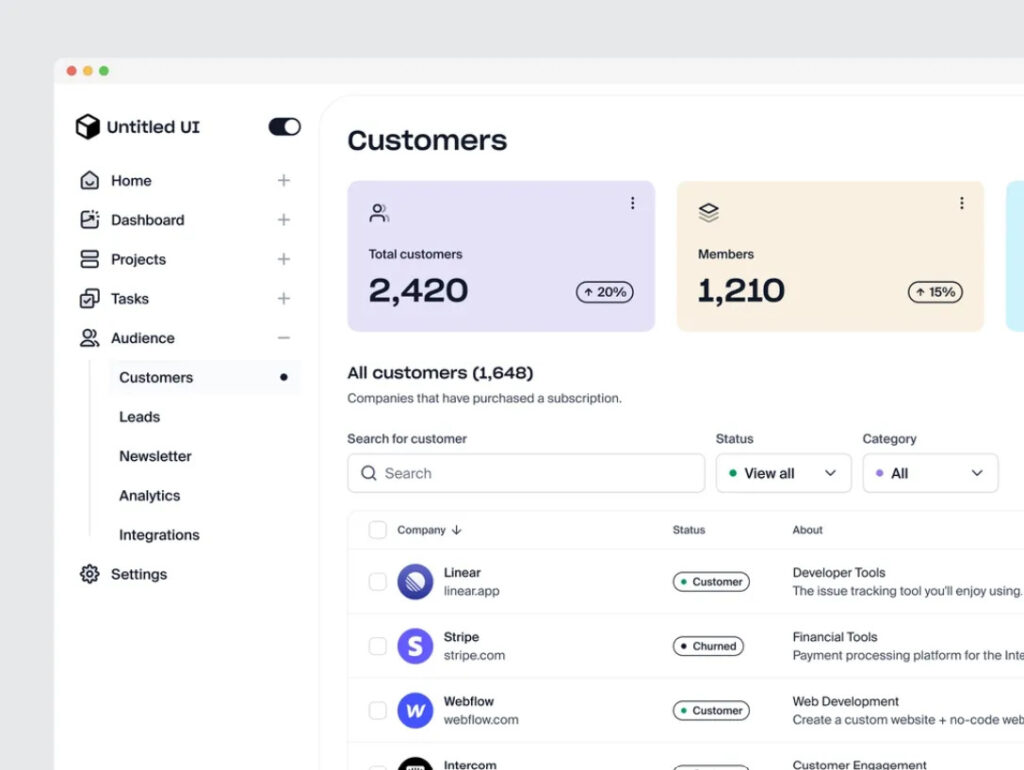In today’s fast-paced digital world, Software as a Service (SaaS) products are everywhere. they are offering users a wide range of functionalities and features. Within these complex systems, an effective navigation model is crucial for engaging users, streamlining workflows, and creating a smooth user experience.
In this blog post, we will explore the critical elements of an effective navigation model in SaaS products and discuss how it can contribute to the product’s overall success.
1. Simplicity and Clarity
To build a good navigation model, it’s important to keep things simple and clear. Users should be able to intuitively navigate through the software without encountering confusion or frustration.
Avoid overwhelming users with excessive navigation options or complex menu structures. Instead, focus on presenting a clear and concise set of primary navigation elements that guide users to the core functionalities of the product. Use easily recognizable icons or labels and keep the navigation interface uncluttered, ensuring a seamless user experience.
2. Consistency across the Product
Consistency is key when it comes to navigation in SaaS products. Users should encounter a consistent navigation model throughout the product.
Maintain consistent placement and design of navigation elements, such as menus, tabs, or breadcrumbs, to provide users a familiar and predictable experience. This consistency helps to reduce cognitive load and enables efficient navigation across different sections of the product.

3. Search & Filters (sort)
SaaS products often contain vast amounts of data and content, making search and filtering capabilities crucial for effective navigation.
Implement a robust search functionality that allows users to find specific information quickly. Incorporate advanced filtering options that enable users to narrow down search results based on specific criteria or attributes. These features empower users to locate relevant data or features efficiently, enhancing their ability to navigate and interact with the product.
4. Analytics and Iterative Improvements
The navigation model of a SaaS product should be continuously monitored and refined based on user feedback and analytics.
Collect user insights through surveys, user testing sessions, or analytics tools to identify pain points and areas for improvement. Analyze user behavior within the product, including click-through rates, time spent on specific features, and navigation patterns, to gain valuable insights. With this feedback, iterate on the navigation model, making incremental improvements over time to align with user expectations and enhance the overall user experience.
Conclusion
An effective navigation model is critical for the success of a SaaS product. By prioritizing simplicity, clarity, consistency, and search and filtering capabilities, SaaS providers can create a user-centric navigation experience that drives user engagement and satisfaction. Regularly gathering user feedback and leveraging analytics for iterative improvements allows for continuous optimization of the navigation model.
